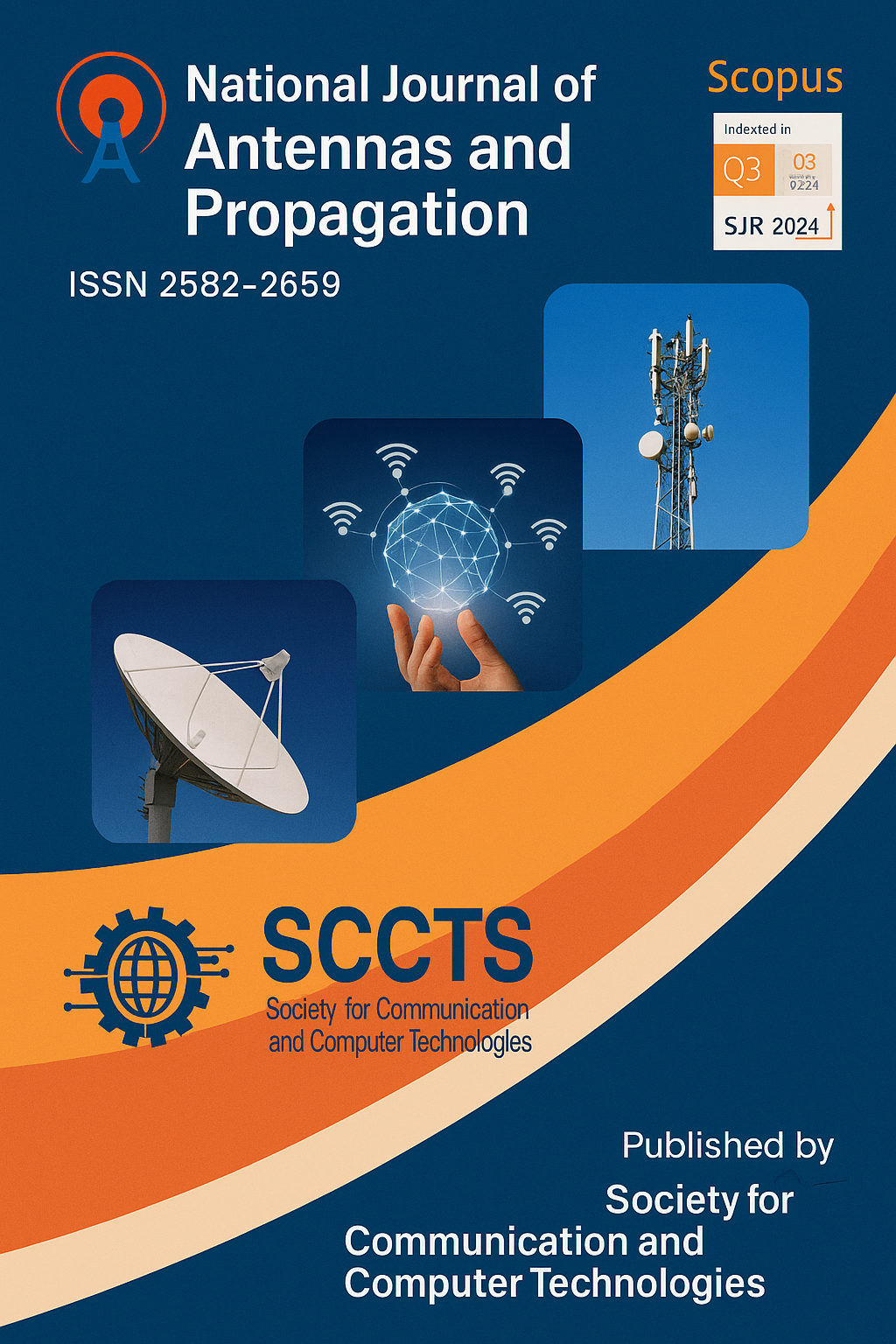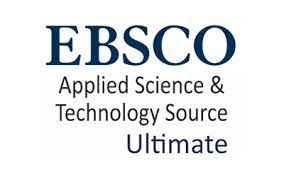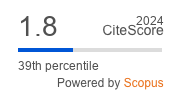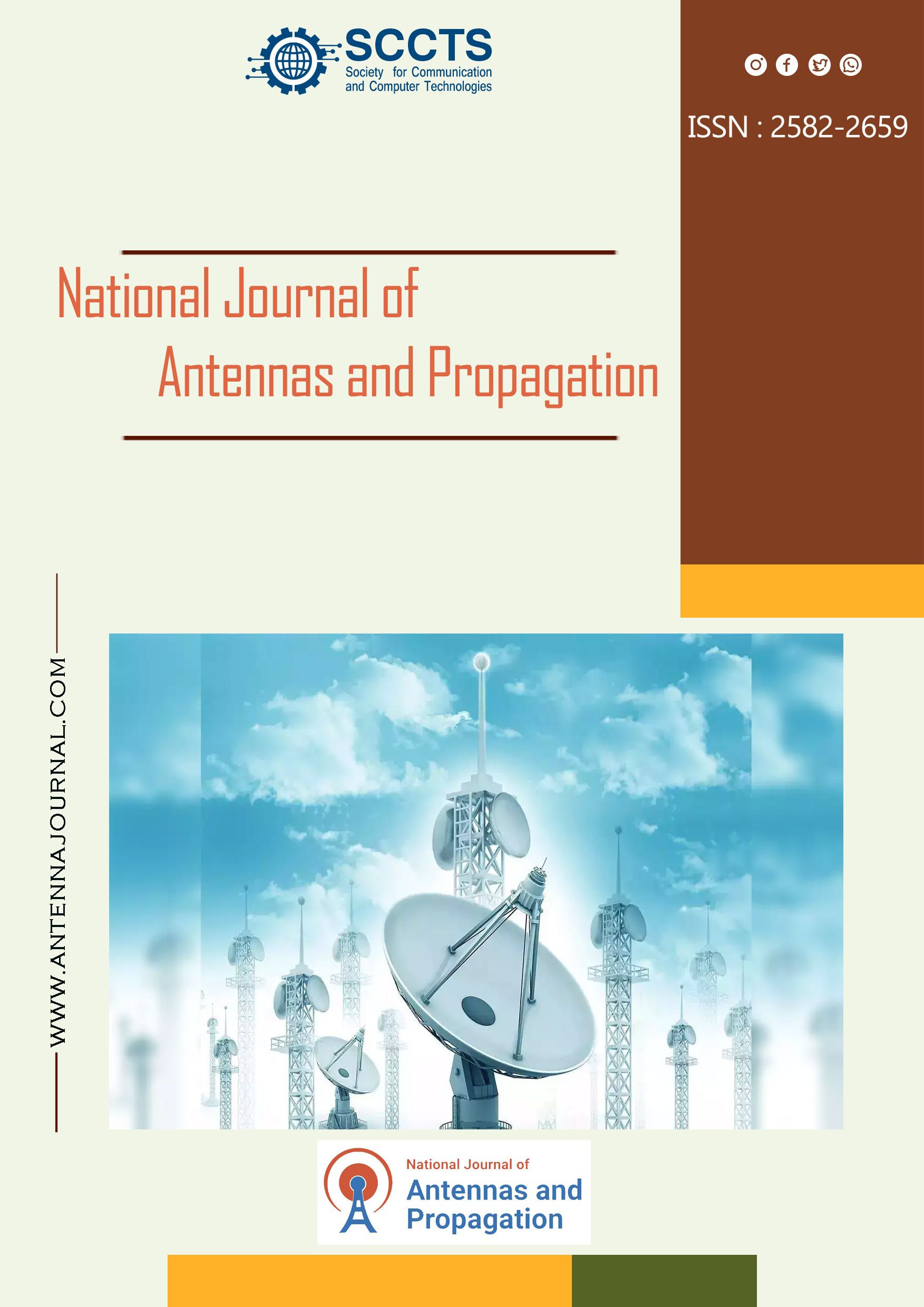Graphic Style Transfer Technology in “Multimedia communication”: Application of Deep Residual Adaptive Networks in Graphic Design
DOI:
https://doi.org/10.31838/NJAP/06.03.14Keywords:
“Multimedia communication”, Graphic style transfer, Deep residual adaptive network, Deep learning, artAbstract
The image style transfer technology falls under the research areas which have been named among the areas of interest by the scholars in the field of “Multimedia communication”. It offers numerous possibilities for application in the area of graphic design. Here, as in many other types of artistic carriers, the aesthetic component plays an important role of the height in the art and the knowledge of whether the graphics look good or not, is here. The actual work that constitutes graphic designing is heavily dependent on the application of manual work, and even basic graphic designing demands a lot of implementation of workforce and resources. In order to solve this problem, this article discusses the example of applying deep residual adaptive network technology on graphic design based on the definitive style transfer technology and deep residual adaptive network technology in “Multimedia communication” as per the study finding. Visual style transfer technology and deep residual adaptive network technology in the process of redesigning and creating graphics in “Multimedia communication” can thus be improved. The generated graphics can meet the needs of art creators, and in terms of creation efficiency, this technology can reach higher levels than manual drawing, such as model peak signal-to-noise ratio and structural similarity, and the output level can also be used as a basic requirement. It can be used in Urban Architectural Exterior Design and Art Creation, possessing good theoretical and practical research values.











